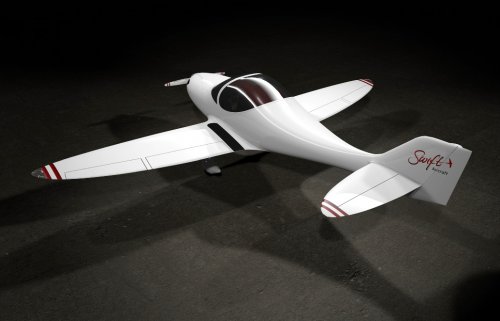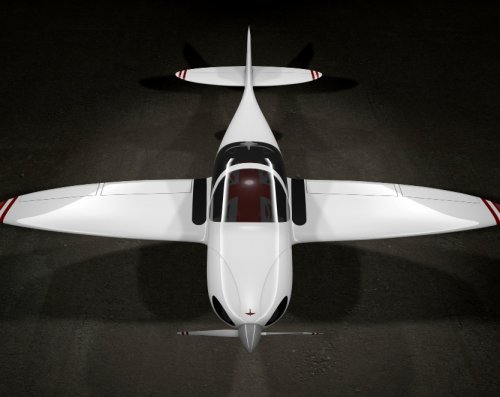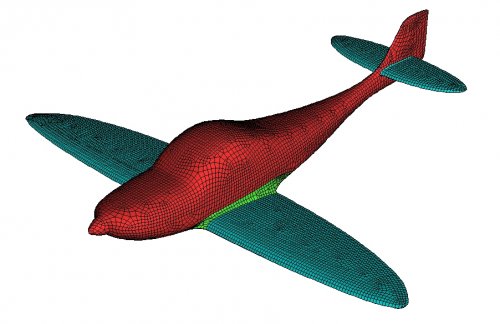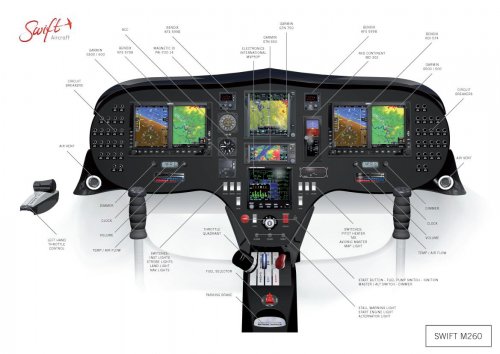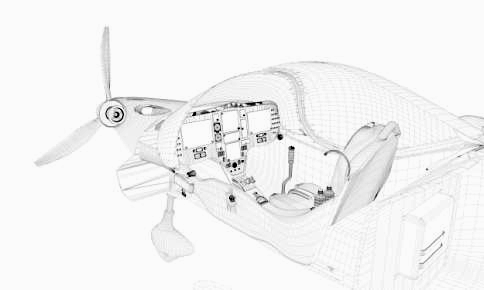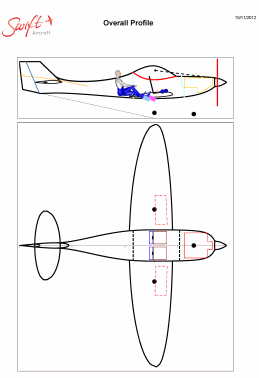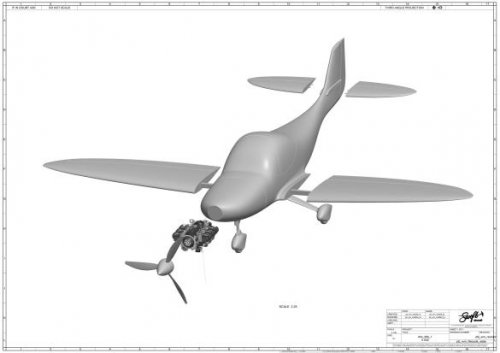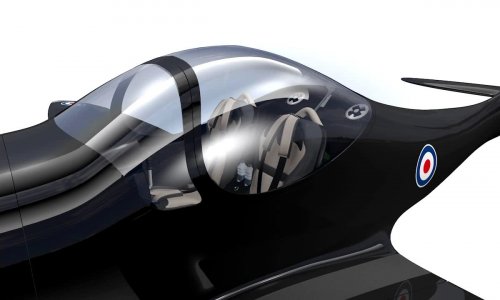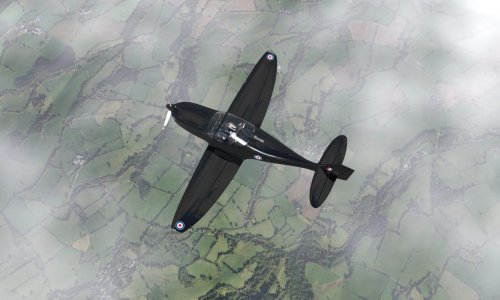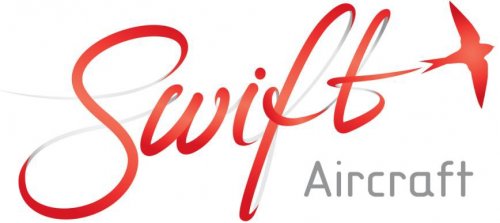- Joined
- 25 June 2009
- Messages
- 14,141
- Reaction score
- 4,333
The Swift two-seat composite aeroplane is being developed by the Swift Technologies Group under the direction of its founder and owner David Stanbridge.
David, who is an aeronautical engineering graduate, keen pilot and enthusiastic ambassador for British aviation, set up the Swift Technology Group in 2008. Early on the Group acquired Europa Aircraft. Now it is in the late stages of developing the Swift VLA (Very Light Aircraft), a new two-seat trainer and the first new certified aircraft in the UK for a generation. It is to be part of a range of composite, aerobatic-capable training aircraft suitable for the general aviation market, flying school training and the military.
Existing aerobatic training aircraft are all ageing; even the RAF's Grob trainers first flew nearly thirty years ago. David spoke in detail about the specification and his determination to make his aircraft practical in terms of cockpit roominess, payload flexibility and good cg range to cope with different loading combinations. Also he stressed the importance he places on the design having an attractive appearance and his choice of Spitfire-like elliptical wing plan to emphasise its British origin.
He outlined the principal factors covered in the design and the need for considerable emphasis on iteratively refining the basic design to accommodate the many necessary compromises. To speed up this process, Swift uses an Excel programme it has developed
to coordinate its work with 3D CAD, CFD, 3D graphics and FEA. CFD (Computational Fluid Dynamics) is used to model flows over the exact aircraft geometry, establish forces and moments, examine drag trends with different design features and include propeller
slipstream effects.
3D graphic simulation is used for rapid and accurate visualisation. For example it is used to resolve ergonomic issues such as visibility from the cockpit and for refining cockpit space for pilots of differing sizes. How conspicuous the aircraft is in different colours against differing backgrounds has been studied in consideration of the safety aspect of avoiding in-flight collisions.
David spoke of the advantages of composite materials learnt from experience with the Europa aircraft. Two main options for lifting surfaces are (1) foam filled and (2) composite sandwich, each with advantages in different parts of the airframe. He noted that FEA (Finite Element Analysis) is really the only way to optimise double curvature composite shells.
David closed by saying that he plans to make design spread sheets freely available soon for download from the Swift Aircraft website. An e-mail help desk is envisioned.
Sources: RAeS General Aviation Group Conference on Light Aircraft Design, London / 19 November 2012 (programme & conference report)
David, who is an aeronautical engineering graduate, keen pilot and enthusiastic ambassador for British aviation, set up the Swift Technology Group in 2008. Early on the Group acquired Europa Aircraft. Now it is in the late stages of developing the Swift VLA (Very Light Aircraft), a new two-seat trainer and the first new certified aircraft in the UK for a generation. It is to be part of a range of composite, aerobatic-capable training aircraft suitable for the general aviation market, flying school training and the military.
Existing aerobatic training aircraft are all ageing; even the RAF's Grob trainers first flew nearly thirty years ago. David spoke in detail about the specification and his determination to make his aircraft practical in terms of cockpit roominess, payload flexibility and good cg range to cope with different loading combinations. Also he stressed the importance he places on the design having an attractive appearance and his choice of Spitfire-like elliptical wing plan to emphasise its British origin.
He outlined the principal factors covered in the design and the need for considerable emphasis on iteratively refining the basic design to accommodate the many necessary compromises. To speed up this process, Swift uses an Excel programme it has developed
to coordinate its work with 3D CAD, CFD, 3D graphics and FEA. CFD (Computational Fluid Dynamics) is used to model flows over the exact aircraft geometry, establish forces and moments, examine drag trends with different design features and include propeller
slipstream effects.
3D graphic simulation is used for rapid and accurate visualisation. For example it is used to resolve ergonomic issues such as visibility from the cockpit and for refining cockpit space for pilots of differing sizes. How conspicuous the aircraft is in different colours against differing backgrounds has been studied in consideration of the safety aspect of avoiding in-flight collisions.
David spoke of the advantages of composite materials learnt from experience with the Europa aircraft. Two main options for lifting surfaces are (1) foam filled and (2) composite sandwich, each with advantages in different parts of the airframe. He noted that FEA (Finite Element Analysis) is really the only way to optimise double curvature composite shells.
David closed by saying that he plans to make design spread sheets freely available soon for download from the Swift Aircraft website. An e-mail help desk is envisioned.
Sources: RAeS General Aviation Group Conference on Light Aircraft Design, London / 19 November 2012 (programme & conference report)

